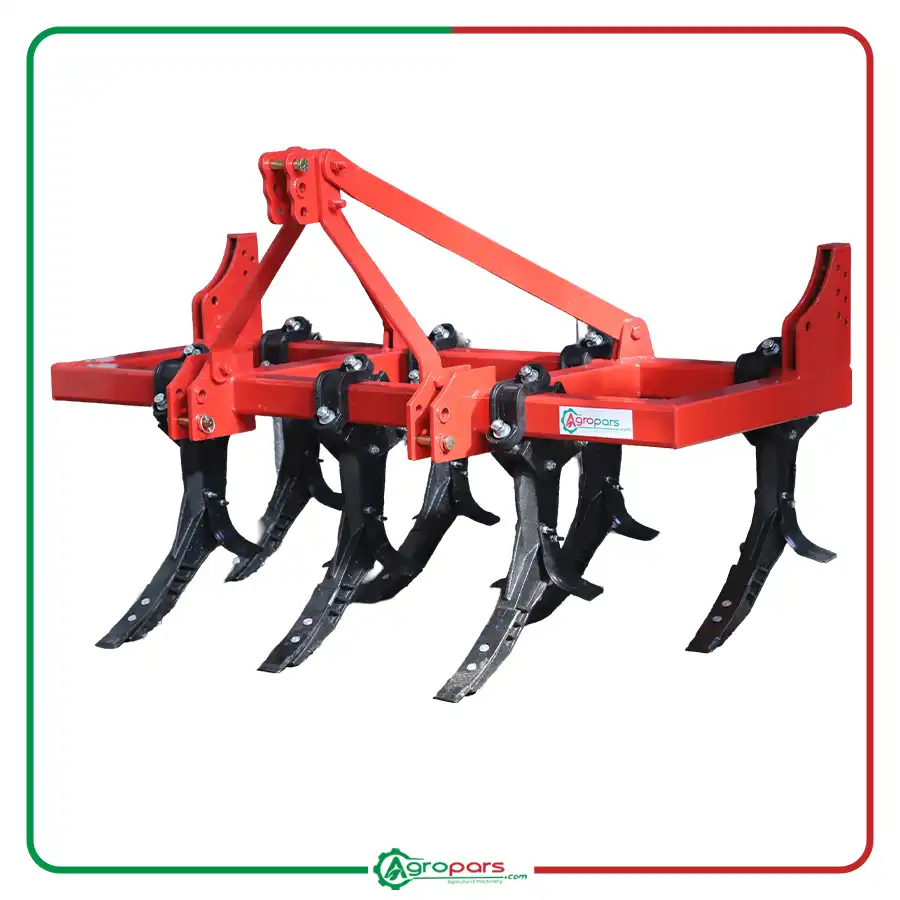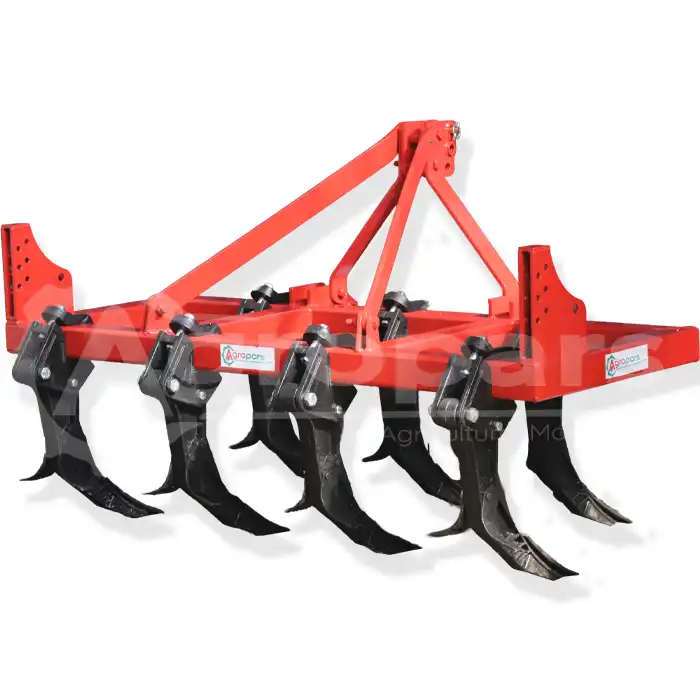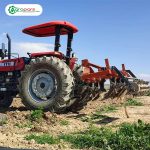A Comprehensive Guide to Choosing the Best Option
Chisels are primary tillage implements used to break hard soil layers, increase water and air permeability, and improve soil aeration. Given the variety of chisels available in the market, selecting the right option based on soil type, crop type, and field conditions is crucial. This article compares the performance of various types of chisels to help you choose the best option.

Types of Chisels and Their Performance
- Pen Chisels: These chisels have pen-shaped tines that penetrate deep into the soil and break hard layers. Pen chisels are suitable for heavy and compacted soils. Their performance in breaking subsurface soil layers is excellent, but they may leave the soil surface uneven.
- Hoe Chisels: The tines of these chisels are hoe-shaped and, in addition to breaking hard layers, also turn the soil. Hoe chisels are suitable for light and medium soils. Their performance in preparing seedbeds and controlling weeds is also adequate.
- Duckfoot Chisels: These chisels have wide and flat tines that smooth the soil surface well. Duckfoot chisels are suitable for light and medium soils. Their performance in preparing seedbeds and controlling weeds is very good.
- Spring-Loaded Chisels: The tines of these chisels are connected to the chassis by springs and have more flexibility when encountering obstacles. Spring-loaded chisels are suitable for rocky and uneven terrain. Their performance in harsh and uneven conditions is very good.
- Hydraulic Chisels: The working depth of the tines of these chisels can be adjusted by the hydraulic system. Hydraulic chisels are suitable for fields with variable conditions. Their performance in adjusting working depth and adapting to different conditions is very good.
Factors Affecting Chisel Performance
- Soil Type: Soil type has a significant impact on chisel performance. For heavy and compacted soils, pen and hydraulic chisels are suitable. For light and medium soils, hoe and duckfoot chisels are suitable.
- Working Depth: The working depth of chisels should be adjusted according to soil type and crop type. Greater working depth breaks deeper soil layers but may cause unevenness on the soil surface.
- Working Speed: The working speed of chisels also affects their performance. Higher working speed increases the rate of breaking soil layers but may increase fuel consumption and machine wear.
- Field Conditions: Field conditions such as unevenness, rockiness, and the presence of plant residues also affect chisel performance. For uneven and rocky terrain, spring-loaded chisels are suitable.
Comparison of Chisel Performance
| Chisel Type | Suitable Soil Type | Working Depth | Working Speed | Field Conditions | Performance |
| Pen | Heavy and Compacted | High | Medium | Flat | Breaking subsurface soil layers |
| Hoe | Light and Medium | Medium | Medium | Flat | Preparing seedbeds and controlling weeds |
| Duckfoot | Light and Medium | Low | High | Flat | Preparing seedbeds and controlling weeds |
| Spring-Loaded | All Soil Types | Medium | Low | Uneven and Rocky | Adapting to harsh and uneven conditions |
| Hydraulic | All Soil Types | Adjustable | Medium | Variable | Adjusting working depth and adapting to different conditions |
Conclusion
Choosing the right chisel based on soil type, crop type, and field conditions plays an important role in improving soil performance and increasing agricultural productivity. By comparing the performance of various types of chisels, farmers can choose the best option for their fields.






